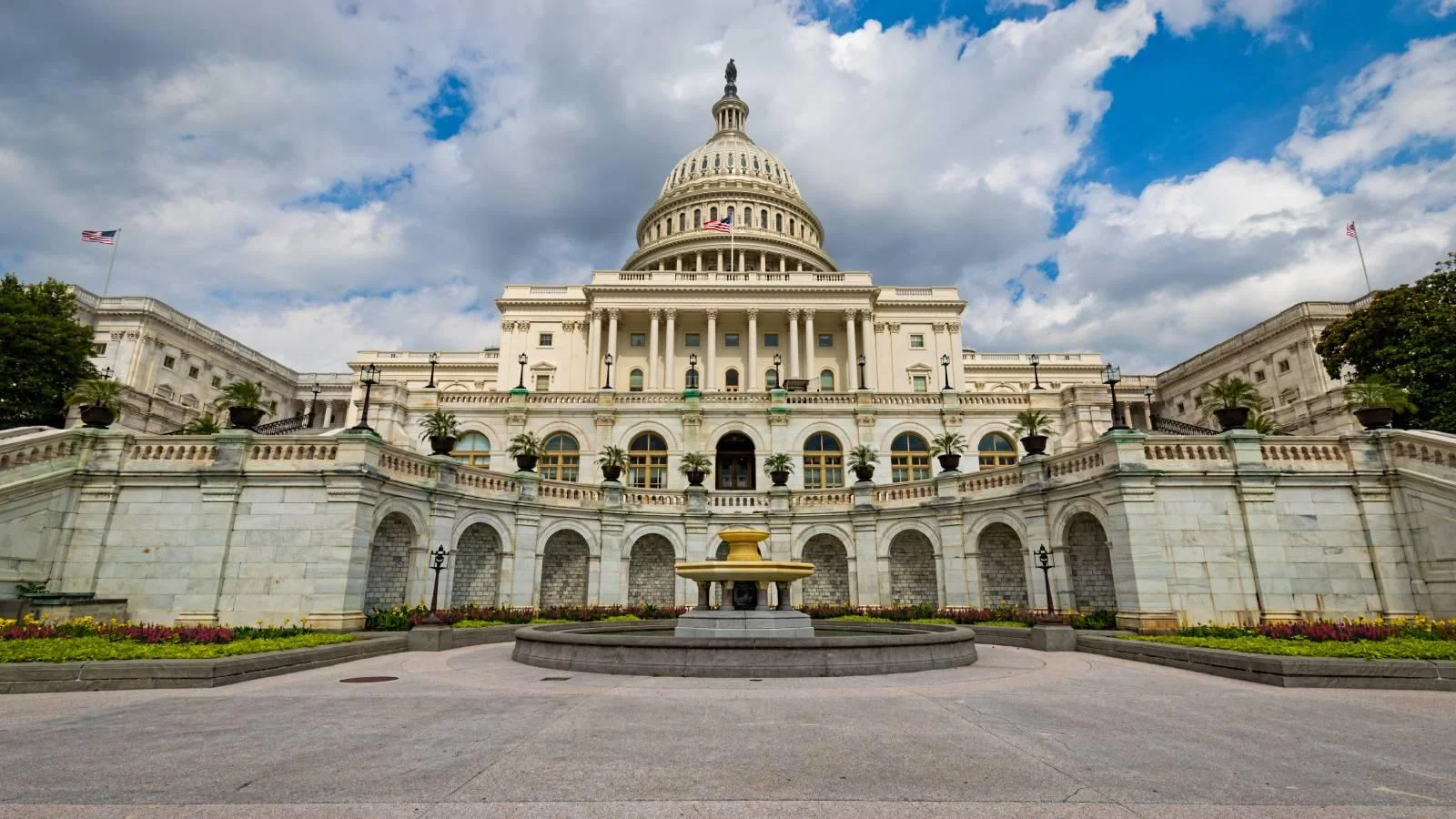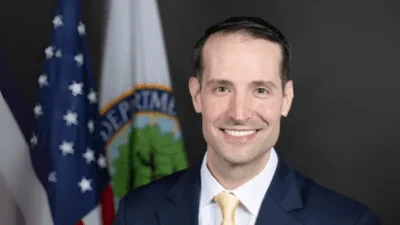The Congressional Record is a unique source of public documentation. It started in 1873, documenting nearly all the major and minor policies being discussed and debated.
“DRUG IMPAIRED DRIVING RESEARCH AND PREVENTION ACT” mentioning the U.S. Dept. of Transportation was published in the Senate section on pages S6269-S6270 on June 1, 2004.
The publication is reproduced in full below:
DRUG IMPAIRED DRIVING RESEARCH AND PREVENTION ACT
Mrs. FEINSTEIN. Mr. President, I rise to co-sponsor, along with my colleague Senator Grassley, the Drug Impaired Driving Research and Prevention Act. This legislation will help us combat an often overlooked killer on our Nation's roads--drugged driving.
Drivers who are drugged are not as easy to catch as drivers who are drunk. We have not yet developed technology to quickly identify drivers who operate vehicles under the influence of drugs. States do not have consistent laws to punish drugged driving. And law enforcement does not have adequate training to detect and prosecute drugged drivers.
To help make our roads safer, this legislation takes a tough stance while respecting State's traditional law enforcement powers.
First, the bill directs the U.S. Department of Transportation to draft a model law to suggest to the States. That model law will make it a crime for an individual to drive with ``any detectable amount'' of a controlled substance in his or her system, or when drugs noticeably affect mental or physical abilities. For the worst repeat offenders, the law has tough penalties to show that we mean business--over a year in jail.
Second, the law calls for research into technology to let us detect drugged drivers quickly. Right now, there is nothing like a
``breathalyzer'' test for drugs.
And third, this legislation will have the Department of Transportation develop training programs so that law enforcement departments throughout the Nation can learn how to better detect drugged drivers.
Why do we need this bill? Because drugged drivers are a reckless danger to everyone else on the roads. Consider the following: In 2002, 11 million people drove while under the influence of drugs in the United States. Those numbers translate into tragedy. Illegal drugs are used by about 10 to 22 percent of drivers involved in all motor vehicle crashes.
Despite this documented risk, drugged driving is tricky to catch. We catch drugged drivers less often than we catch drunk drivers. Too few police officers have received training that would help them take drugged drivers off the streets. And in the fifty States, there is simply no consistent method to identify drugs in the bodies of drivers.
Not surprisingly, this legislation has wide support. The federal Office of National Drug Control Policy is backing it. So is the Partnership for a Drug Free America, the International Association of Chiefs of Police, the Community Anti-Drug Coalitions of America, and other groups. The House of Representatives has already voted to approve the legislation, as part of the Transportation Equity Act.
This legislation will help the states keep drugged drivers off our roads. It will do so by encouraging the States to make the laws against drugged driving uniform, by researching better technology to test for drugs, and by giving law enforcement more training.
I urge my colleagues to join us in this effort.
____________________









